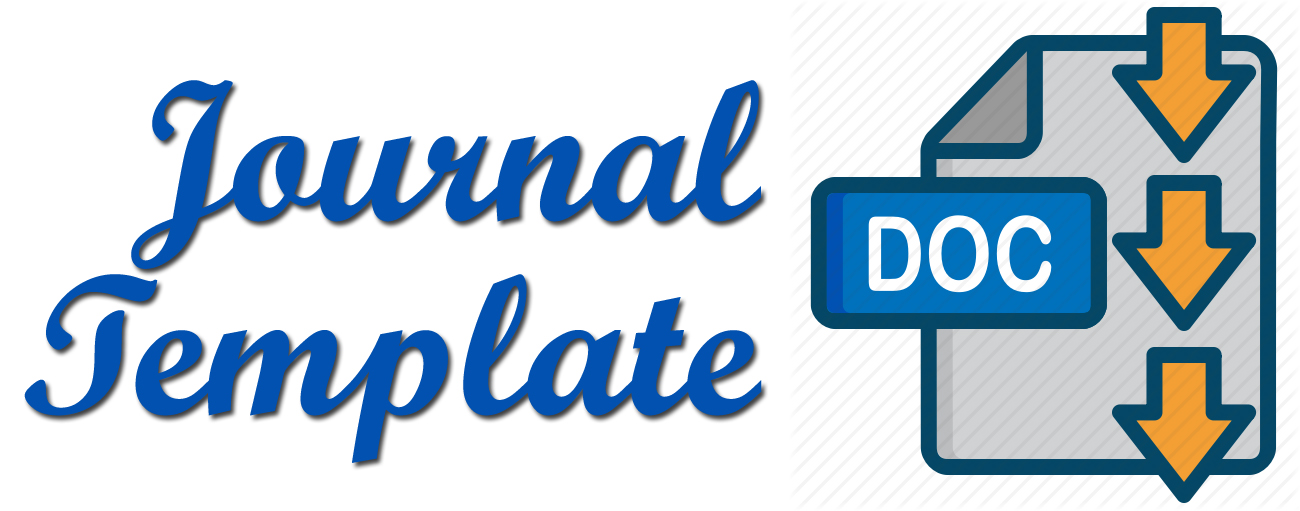COMPARISON OF SCIENCE LEARNING RESULTS USED E-LEARNING AND ZOOM APPLICATIONS IN DISTANCE LEARNING AT SMP N 9 AMBON
Abstract
The development of information and communication technology at this time is very rapid. This can be seen from the increasingly sophisticated communication and information tools such as mobile phones and computers. Mobile phones that used to only feature telephones, now they are very developed to the point of 4G technology that can speed up the flow of delivery. In help students in the learning process of SMP N 9 AMBON, they use 2 applications, namely the E-Learning application and the Zoom application. This study uses quantitative and qualitative descriptive analysis techniques. Data about the observations were analyzed qualitatively. Student learning outcomes data were analyzed quantitatively by calculating the average score, standard deviation, median, highest score, and lowest score, this study also used inferential analysis techniques used to test research hypotheses. Based on the results of research and data analysis, for students who were given the treatment of learning models using the Zoom application, the results obtained were the average value of 47.5 out of a maximum score of 100. Based on the results of research and data analysis, for students who were given the treatment of learning models using the E-Learning application, the results obtained were the average value of 45.71 from a maximum score of 100.
Downloads
References
Darmayanti, T., Setiani, M. Y., & Oetojo, B. 2007. E-Learning in Distance Education: A Concept That Changes Learning Methods in Higher Education in Indonesia. Journal of Open and Distance Education, 8, 99–113.
Donnelly, R. 2019. Supporting pedagogical innovators in professional practice through Applied eLearning. E-Learning and Digital Media, 16 (4), 301–327.
Abdillah, L. A., & Darma, U. B. 2020. Online Learning Using Zoom Teleconference.
Hanum, Numiek Sulistyo. 2013. The Effectiveness of E-learning as a Learning Media (Evaluation Study of the E-learning Learning Model at SMK Telkom Sandhy Putra Purwokerto). Journal of Vocational Education, Vol. 3, Number 1.
Khotimah, Khusnul. 2016. The Influence of Learning Strategies on Learning Outcomes in View of Learning Activities. Surakarta: Triad.
Mardiana, Tria, & Arif Miyat Purnanto. 2017. Google Form as an alternative for creating evaluation question exercises. Journal.ummgl.ac.id.
Brahma, I. A. 2020. Using Zoom as Online-Based Learning in Sociology and Anthropology Courses for PPKN Students at STKIP Kusumanegara Jakarta. Aksara: Journal of Nonformal Education Science, 6(2), 97.
Firman. 2020. Online Learning Amid the Covid-19 Pandemic. Indonesian Journal of Educational Science Volume 02, No 02 March, 82.
Pratiwi, E. W. 2020. The Impact of Covid19 on Online Learning Activities at a Christian College in Indonesia Educational Sciences - Vol. 34 No. 1.
Putrawangsa, S., & Hasanah, U. 2018. Integration of Digital Technology in Learning in the Industrial Era 4.0. Tatsqif Journal, 16(1), 42–54. https://doi.org/10.20414/jtq.v16i1.2 03
Putri, M. K. 2011. Implementation of ELearning at SMA Negeri 2 Surakarta Using PHP and MySQL (Doctoral dissertation, Muhammadiyah University of Surakarta).
Basori. 2014. Effectiveness of Online Learning Communication Using E-Learning Media in Automotive Body Lectures. IPTEK, Vol. VII No.2, July 2014, 39-40 .
Lambuan, H., Mas'amah, M., & Letuna, M. A. N. 2019. Using Whatsapp as a Communication Media for Long Distance Dating. Communio Journal: Journal of the Department of Communication Sciences, 8(2), 1362-1391. https://doi.org/10.35508/jikom.v8i2.
Authors who propose a manuscript and have it approved for publication know that the manuscript will be registered and become part of the RPBJ. Authors and readers understand that this journal is open and all its contents can be accessed freely, provided that RPBJ is still listed as the source of information. The hope is that this journal can become a vehicle for exchange and scientific knowledge for society and the scientific community, especially in the field of Biology and other branches of science.









